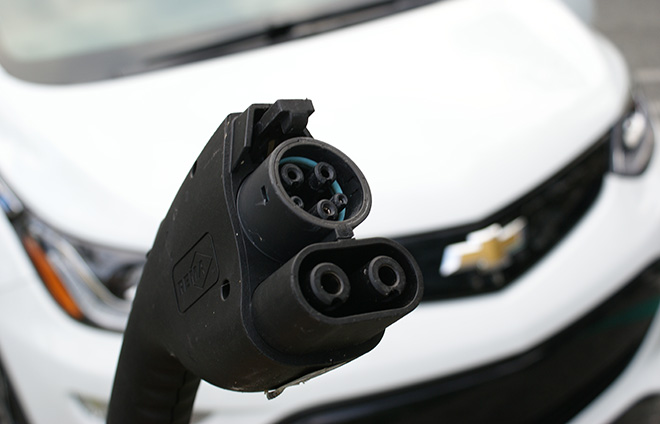It’s a legitimate worry: Will charging hundreds of thousands – and eventually, millions – of EVs overwhelm existing electric grids? A new analysis of real-world data from California brings good news: So far, EVs are not anywhere near crashing the grid.
Since 2012, California regulators have required the state’s three investor-owned utilities (Pacific Gas and Electric, Southern California Edison, and San Diego Gas and Electric) to file reports on how EVs affect the local grid. California has over 350,000 EVs, many of them clustered in certain neighborhoods, so the state’s experience offers a glimpse into the future when it comes to managing EVs and the grid.
In “Electric Vehicles Are Not Crashing the Grid,” prepared by Synapse Energy Economics, Avi Allison and Melissa Whited write that the existing grid can reliably accommodate hundreds of thousands of EVs, and that time-of-use (TOU) electric rates are simple and useful tools for shifting EV charging loads to optimal times.
To date, only a tiny fraction of electric service areas have required distribution system or service line upgrades due to EV adoption. Of the $5 billion that the three California utilities spend annually to maintain their distribution systems, roughly $610,000 – 100th of one percent – was attributed to upgrades required to accommodate EVs.
However, the authors do recommend that utilities act now to ensure that EV charging is sustainably integrated on the grid. A typical EV can instantaneously draw an amount of power comparable to that of a single-family home, so shifting this large yet flexible demand to off-peak periods by means of price signals can be an effective means to ease the stress on the grid. In some areas, charging off-peak may also align with increased renewable generation like wind and solar.
Each of the utilities discussed in the report offers time-of-use (TOU) rates to their residential customers, and the report shows that these rates are effective in motivating EV owners to do their charging at off-peak times. With the “smarts” embedded in most EVs today, it’s easy for drivers to “set it and forget it,” and automatically take advantage of the lower TOU pricing.
Source: NRDC









































































































